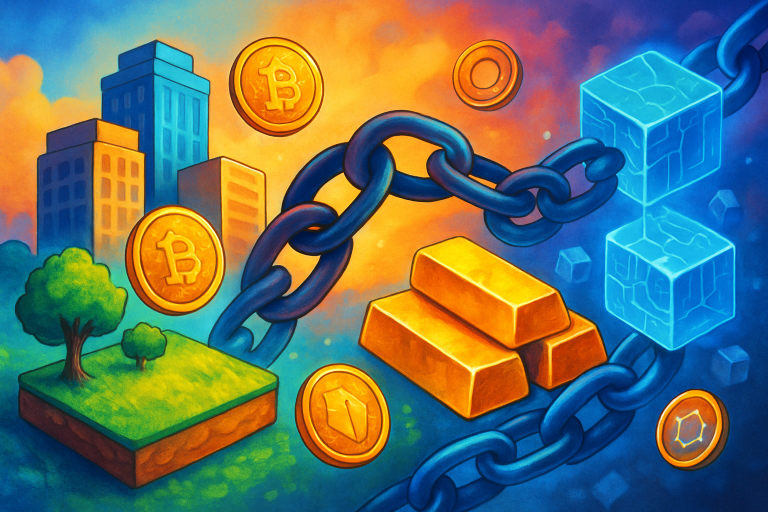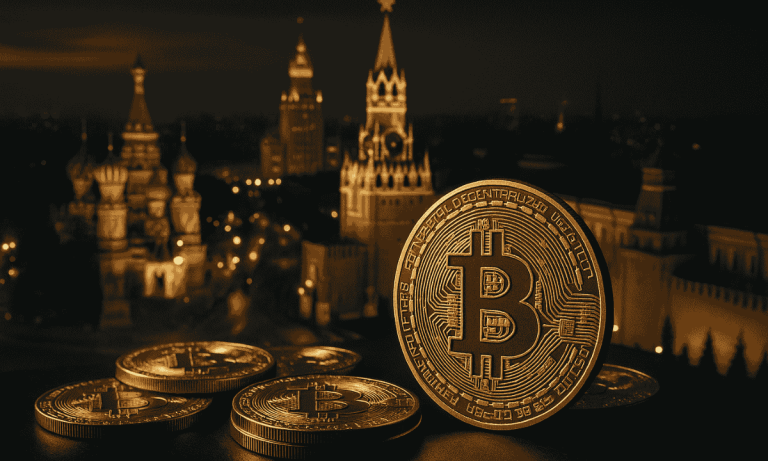On the surface, it should be easy. You’ve got Bitcoin, and you want Tether. Tap a button, make the swap, done. But as anyone who’s spent time in the trenches of crypto trading knows, this supposedly basic move continues to baffle, frustrate, and sometimes even spook people.
It’s not just beginners, either. Even seasoned traders occasionally pause before hitting “confirm.”
The Mental Tug-of-War
Part of the problem is psychological. Bitcoin isn’t just another token—it’s loaded with narrative weight. It’s the “digital gold,” the asset you’re told to buy and never sell. Tether, by contrast, is the safe harbor, a dollar in crypto clothing.
So the act of converting Bitcoin into USDT doesn’t feel like a trade. It feels like a shift in identity: from long-term believer to short-term pragmatist. From chasing upside to hiding in stability. That kind of mental baggage makes what should be a straightforward transaction oddly emotional.
The Fine Print Behind the Button
Then there’s the machinery itself. Exchanges like to advertise “instant swaps” as if they’re as easy as paying with Apple Pay. But under the hood, there are choices—and each comes with its own trapdoors.
Market order or limit order? Do you pull your Tether out on Ethereum, Tron, or Solana? Each chain paints a different picture:Ethereum is familiar but expensive, Tron is dirt cheap but divisive, and Solana is slick and fast but still feels experimental to some.
And of course, the fees. Exchanges that boast “no commission” often take their cut through wider spreads—the silent tax most casual users never notice until they compare balances months later.
The Stablecoin Mirage
The other twist: once you’ve made the swap, what exactly are you holding? Most newcomers assume they now have “dollars,” but that’s not quite right. Tether is a promise, not the thing itself. It’s backed—supposedly—by reserves of cash, bonds, and assorted assets managed by a private company that has faced more than its fair share of scrutiny.
For veterans, this is just part of the trade-off. For newcomers, it can feel like stepping into a whole new layer of uncertainty. They thought they’d escaped Bitcoin’s volatility, but in reality they’ve just exchanged one kind of risk (decentralized but fluctuating) for another (centralized but pegged).
A Symptom of the Bigger Problem
That so many people stumble over something as fundamental as a Bitcoin-to-USDT conversion says something unflattering about crypto itself. The industry loves to claim it’s become “user-friendly,” but even at its most basic level, the experience is still wrapped in jargon, hidden costs, and half-explained mechanics.
It’s progress compared to the wild west days of clunky wallets and lost seed phrases, sure. Yet the fact remains: if one of the most common transactions in crypto continues to leave users scratching their heads, mass adoption is still further off than many like to admit.
And maybe that’s the real point. Crypto doesn’t just need better tech. It needs to strip the anxiety out of the everyday actions—the ones people should be able to do without thinking twice. Until then, something as simple as trading Bitcoin for a digital dollar will keep feeling like a test, when it should just be a tap.







